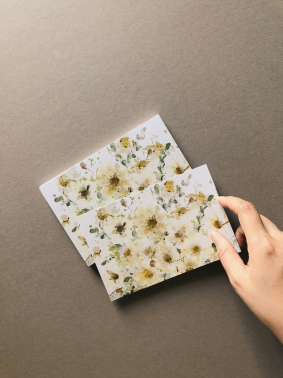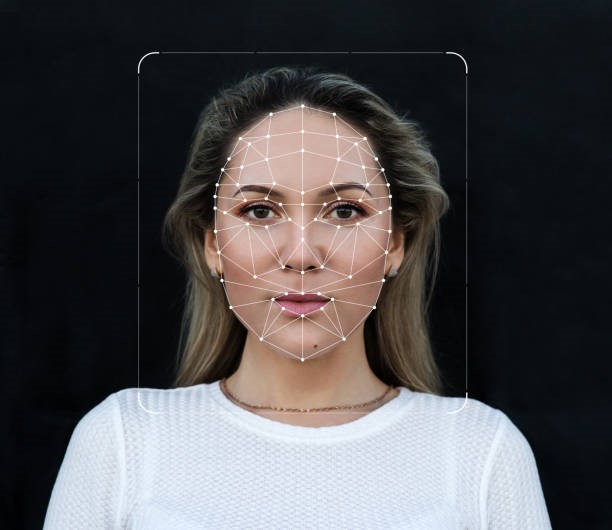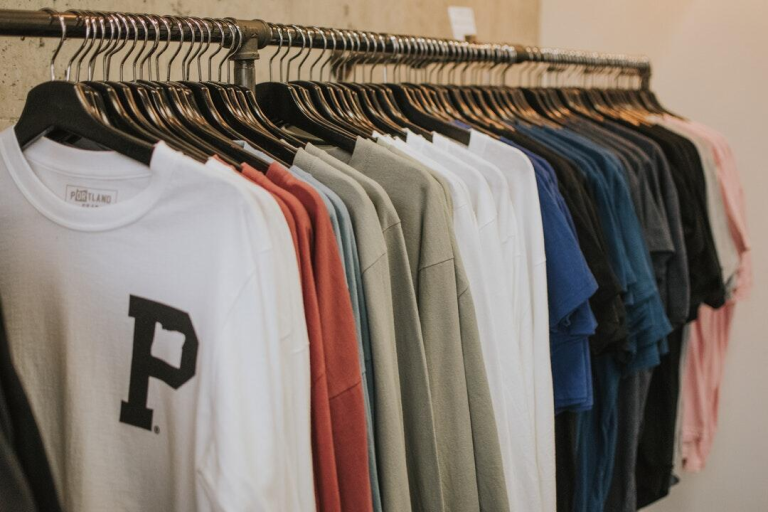In the realms of preservation and presentation, the use of clear materials has increasingly become a preferred choice for both private collectors and public institutions.
The United Kingdom, with its rich history of preserving artefacts and displaying artistic works, has seen a significant rise in the utilisation of clear materials. This trend not only enhances the visibility of displayed items but also ensures their longevity.
Table of Contents
The Emergence of Clear Materials in Preservation
The initial phase of incorporating clear materials in preservation and display was marked by the adoption of glass. However, advancements in material science have led to the development of more robust and versatile materials.
Among these, acrylics and polycarbonates have become prominent due to their superior qualities. These materials offer unparalleled clarity, durability, and UV resistance, making them ideal for safeguarding valuable items against environmental factors.
Simply Plastics is a noteworthy example in the UK market, showcasing the potential of acrylics in preservation. This company has revolutionised the use of acrylics, offering custom solutions for museums and private collectors. Their products range from clear display cases to UV-protective coverings, providing both visibility and protection.
The success of Simply Plastics highlights the growing trend of using acrylics and similar materials in the preservation sector.
Advantages of Clear Materials
Visibility and Aesthetics
One of the primary benefits of clear materials is their ability to offer unhindered visibility. This is crucial for museums and galleries, where the objective is to showcase artefacts and artworks without any visual obstruction.
Clear materials like acrylic and polycarbonate allow for the creation of seamless display cases that enhance the viewer’s experience while maintaining the integrity of the displayed item.
Durability and Protection
Clear materials are not only visually appealing but also highly durable. They can withstand impacts and are less prone to shattering compared to traditional glass. This aspect is particularly vital in high-traffic areas like museums and galleries, where the risk of accidental damage is higher.
Furthermore, these materials offer protection against harmful UV rays, which can cause fading and deterioration of artefacts over time.
Applications in Various Fields
Museums and Galleries
Museums and galleries have been at the forefront of adopting clear materials for display purposes. These institutions require materials that offer both protection and aesthetic appeal.
Clear acrylic cases and protective coverings are now common in these settings, allowing for the safe display of a wide range of items, from historical artefacts to contemporary artworks.
Private Collections and Retail
Beyond public institutions, clear materials have found their place in private collections and retail displays. Collectors of fine art, antiques, and memorabilia often use acrylic cases to protect their valuables.
Similarly, retail stores utilise clear materials for showcasing premium products, combining functionality with an upscale presentation.
Future Trends and Developments
The future of clear materials in preservation and presentation looks promising. Continuous advancements in material science are leading to the development of even more refined products.
These innovations include self-healing acrylics, anti-static coatings, and enhanced UV protection. As these materials evolve, they will offer more sophisticated solutions for preservation and presentation needs.
The Art of Preservation: A Clear Vision for the Future
The use of clear materials like acrylics and polycarbonates has transformed the way we protect and display valuable items. From the storied halls of museums to the private collections of connoisseurs, these materials provide an optimal balance of visibility, protection, and aesthetic appeal.































































